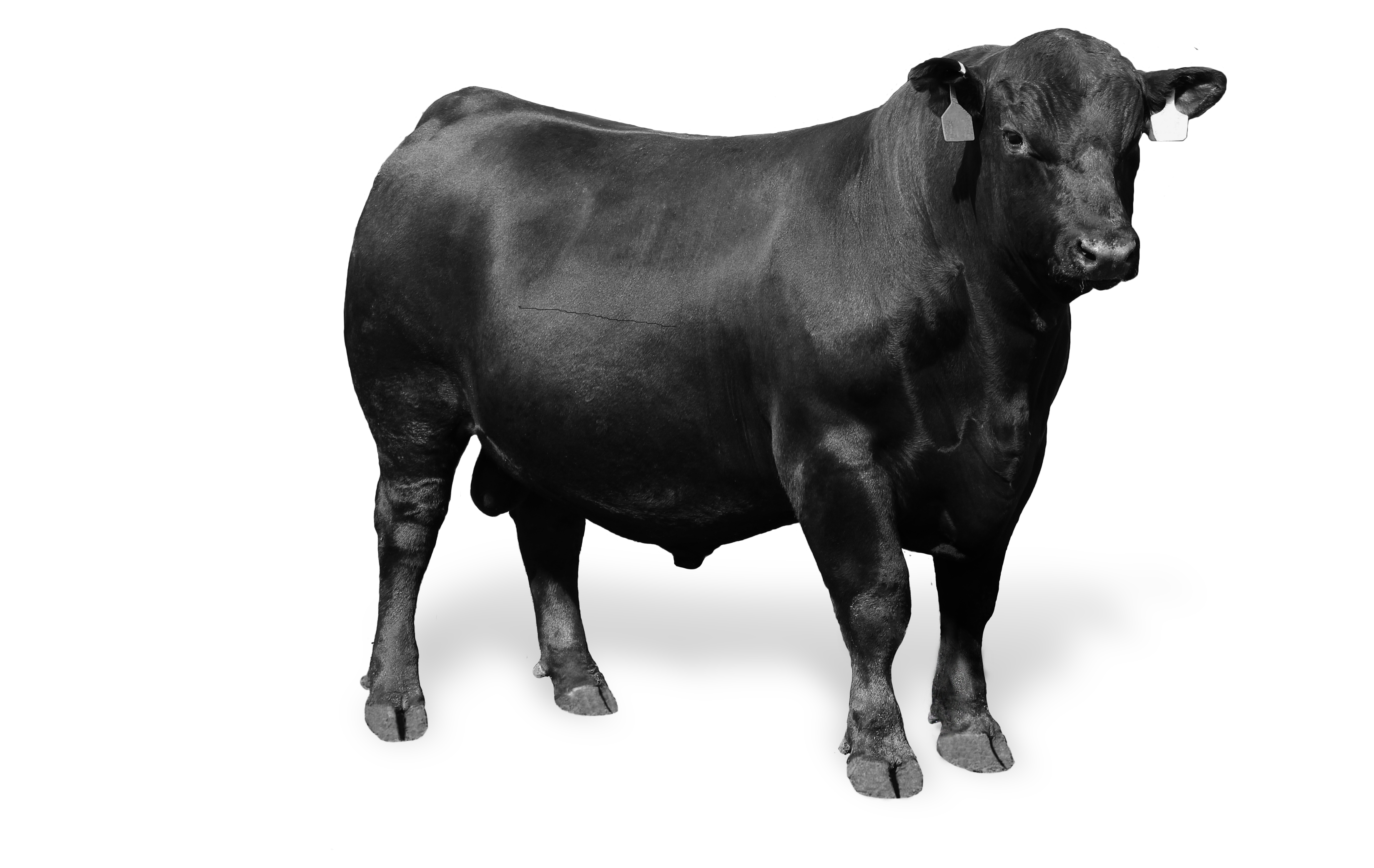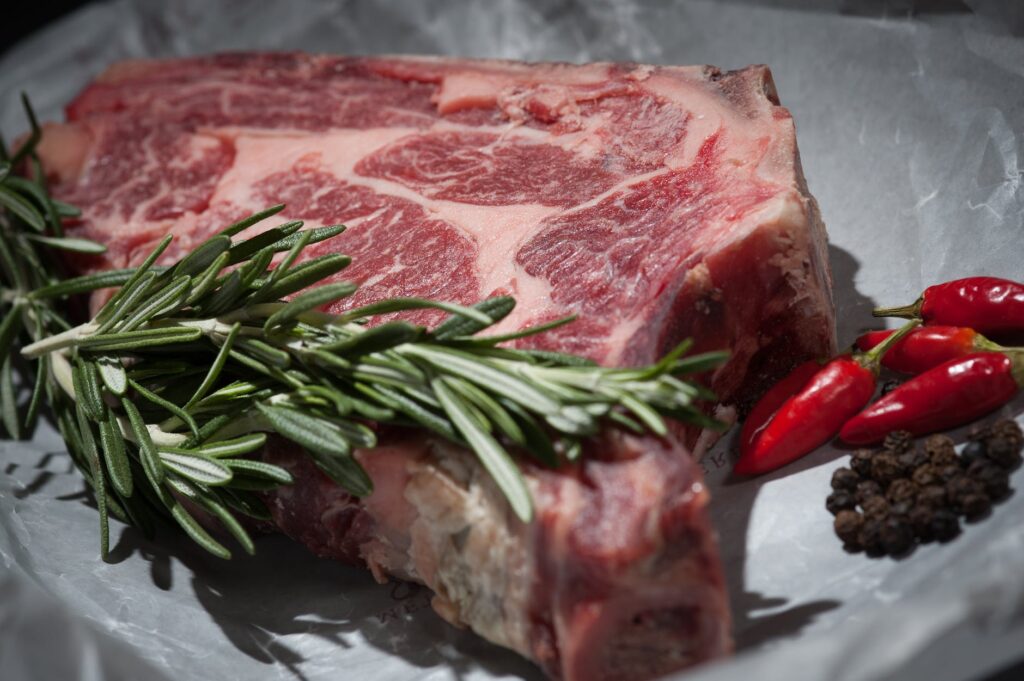Navigating the world of beef cuts can be a daunting task for both seasoned chefs and novice steak lovers. With numerous cuts available, each boasting unique flavors, textures, and cooking methods, understanding the differences is essential for culinary success. This comprehensive guide aims to demystify the world of beef cuts, providing valuable insights into the various parts of Angus beef animal and how to best prepare them for a mouthwatering dining experience.
Why angus beef is the best for getting your cuts from
1. Understanding Beef Primal Cuts:

The first step to mastering beef cuts is understanding the four primary sections of a beef carcass: the chuck, rib, loin, and round. Each primal cut has its characteristics and consists of specific muscles, leading to distinct flavors and tenderness levels.
Chuck
Located in the shoulder area, the chuck is known for its rich, well-marbled meat. It is often used for pot roasts, stews, and ground beef due to its high collagen content, which lends itself well to slow cooking methods.
Rib
As the name suggests, this section entails beef ribs and is prized for its tenderness and exceptional flavor. Rib cuts, such as ribeye and prime rib, are highly sought after for their marbling, making them ideal for grilling, roasting, or pan-searing.
Loin
Situated in the middle of the back, the loin yields some of the most tender and flavorful cuts. It consists of two main areas: the short loin and the sirloin. Famous cuts from the loin include tenderloin (filet mignon), T-bone, and porterhouse steaks, which are best suited for quick cooking methods like grilling or broiling.
Round
Found in the hindquarters, the round is a lean and muscular area. While less tender compared to other cuts, it can still deliver delightful results when cooked properly. Common round cuts include eye of round and bottom round, which are ideal for slow cooking, roasting, or braising.
2. Subprimal Cuts and Secondary Cuts:
Within each primal cut, there are subprimal cuts and secondary cuts that offer further versatility and options. Here are some notable examples:
Chuck Subprimals
The chuck can be further divided into subprimal cuts such as chuck roast, chuck-eye steak, and flat iron steak. These cuts are flavorful and well-suited for braising, slow cooking, or marinating.
Rib Subprimals
Subprimal cuts like ribeye roast, ribeye steak, and back ribs are derived from the rib section. These cuts are tender, juicy, and often preferred for grilling or roasting.
Loin Subprimals
The loin section presents subprimal cuts such as New York strip steak, strip loin roast, and tenderloin roast. These cuts are highly regarded for their tenderness and are commonly used for grilling or pan-searing.
Round Subprimals
The round offers subprimal cuts like top round, bottom round roast, and eye of round steak. These cuts benefit from slower cooking methods, such as roasting or braising, to maximize tenderness and flavor.
3. Lesser-Known Beef Cuts:
While the primal and subprimal cuts take the spotlight, there are several lesser-known cuts that are equally delicious and yet economical. Exploring these cuts can introduce exciting flavors and variety to your culinary repertoire. Some examples include:
Flank Steak
This lean and flavorful cut comes from the abdominal area. It is best cooked quickly over high heat and is perfect for stir-fries, fajitas, or marinated and grilled as a standalone dish.
Skirt Steak
Known for its robust beefy flavor, skirt steak is found in the plate section. It benefits from marinating and can be grilled, broiled, or used in Mexican-style dishes like carne asada.
Flat Iron Steak
Derived from the shoulder area, the flat iron steak is gaining popularity due to its tenderness and affordability. It is best cooked quickly over high heat and is suitable for grilling, pan-searing, or broiling.
4. Choosing and Preparing Beef Cuts:
When selecting beef cuts, consider factors such as marbling, tenderness, and intended cooking method. Look for bright red meat with even marbling for enhanced flavor and juiciness. Additionally, different cuts require specific cooking techniques, ranging from grilling and roasting to braising and slow cooking. Understanding these methods will help you optimize flavors and textures.
Conclusion:
Mastering the art of beef cuts opens up a world of culinary possibilities, allowing you to craft delectable meals that will impress friends and family. By understanding the various beef primal cuts, subprimal cuts, and lesser-known cuts, as well as their ideal cooking methods, you can confidently explore the diverse array of flavors and textures that beef has to offer. So, roll up your sleeves, sharpen your knives, and embark on a journey of beefy delights with this comprehensive guide to beef cuts.

